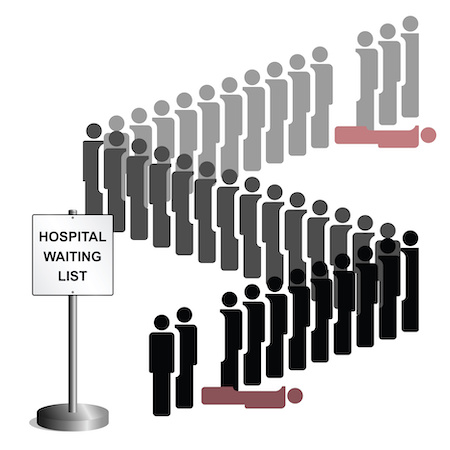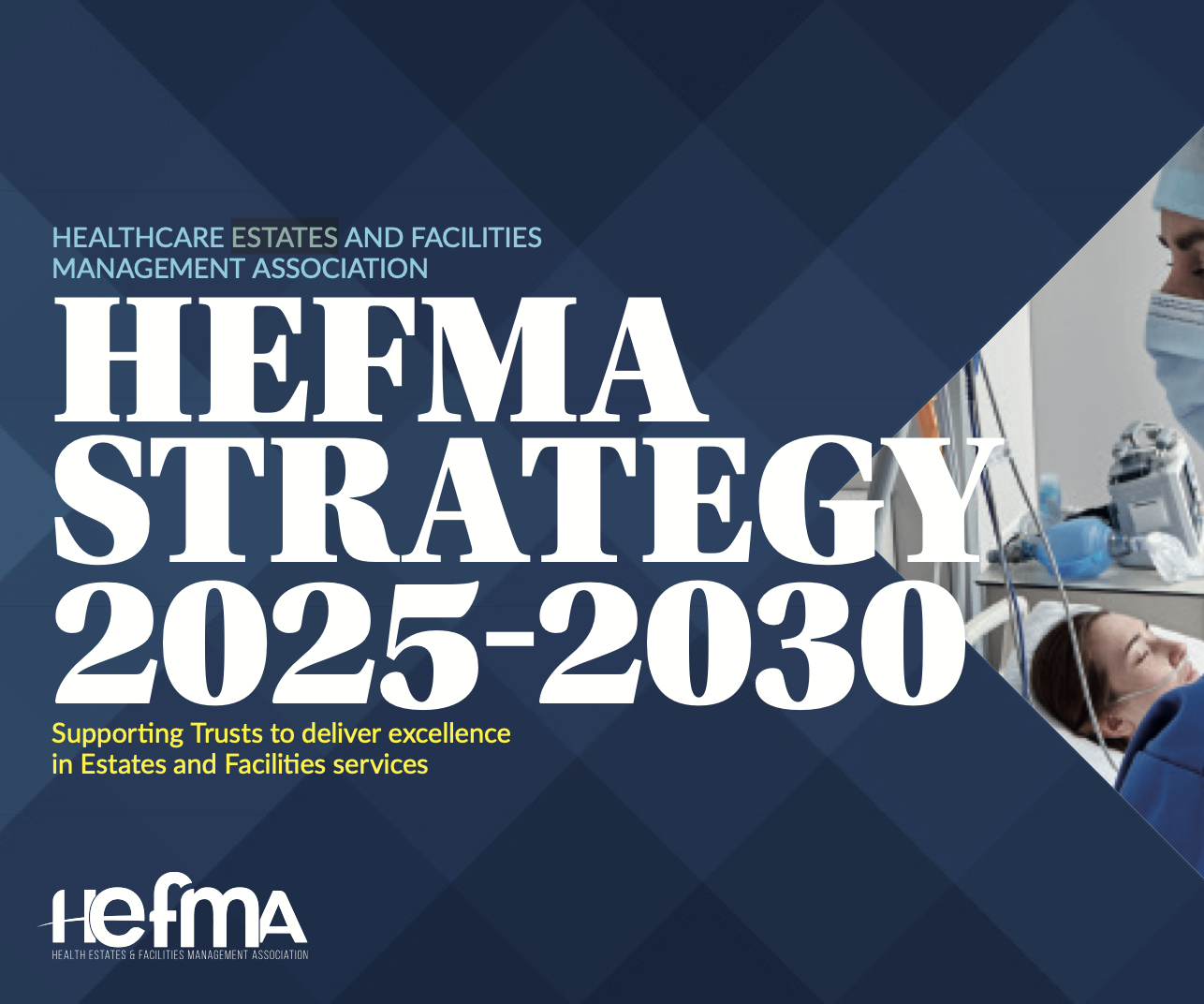New analysis from the Health Foundation suggests the Government is set to make significant progress over this parliament in bringing down elective waiting times, but, on current trends, would fall just short of its headline pledge to restore the 18-week elective care standard.
Reducing waiting times for elective care is one of the Government’s top priorities and has been its key health pledge since it came to power, with a commitment to ensure 92% of patients wait less than 18 weeks by the end of the parliament. This ambition has been backed by additional funding and a new elective care recovery plan, which outlined a range of measures, including increased use of the independent sector and the expansion of surgical hubs and community diagnostic centres.
When Labour was elected, the waiting list stood at 7.6m, with just 58.8% of cases waiting less than 18 weeks for treatment. As a result, in Labour’s first year in office, the percentage of cases waiting less than 18 weeks rose from 58.8% to 61.3%, as the total waiting list fell by 220,000, from 7.6 million to 7.4 million.
The Health Foundation’s latest projections, based on trends over the past year, show that by July 2029, the elective waiting list would fall to 4.7 million, with 92% of cases waiting less than 20.3 weeks by July 2029. This would be a significant achievement, but is just short of the Government’s target.
New announcements made by the Government as Labour hosts its Party Conference in Liverpool, include plans for NHS Online, an online hospital to be operational by 2027, which is expected to deliver the equivalent of 8.5 million extra GP appointments and assessments in its first three years. This initiative aims to connect patients with clinicians all over the country, enabling them to be seen faster and having a significant impact on waiting times.
Other targets
The Foundation also examined progress against the Government’s three interim targets for March 2026, set out in the elective recovery plan and recent NHS planning guidance, finding (on current trends) that:
• The percentage of waits lasting less than 18 weeks is projected to reach 63.4% by March 2026, narrowly missing the 65% interim target.
• Only 38% of NHS Trusts are currently on track to meet the target for every Trust to deliver a 5-percentage point improvement on the percentage of waits within 18 weeks.
• The proportion of waits longer than 52 weeks, based on current trends, is set to fall to 2.2% by March 2026 – some way off the interim target to reduce the proportion of long waits to 1%.
Several factors could influence progress, most notably the rate of referrals, which could rise in the coming years. Other factors include the rate of ‘unreported removals’ – waits that are removed from the waiting list without being reported as a completed pathway. The reasons for these removals are not well understood and could reflect delays in recording pathways as completed or anomalies, such as patients not attending appointments. In addition, further industrial action by NHS staff poses a risk to productivity and progress.
Dr Francesca Cavallaro, Senior Analytical Manager at the Health Foundation, says:
“The scale of the challenge remains significant, and even getting close to meeting the target would be a considerable achievement. This will require not just more activity, but smarter use of resources and continued investment in the NHS workforce and infrastructure. And there are several factors that could hold back progress, including if future referrals rise faster than expected and the potential impact of further industrial action.
“Placing so much emphasis on the 18-week target risks slower progress on other key issues, such as improving access to GPs, which we know is the public’s top priority for the NHS.”
The analysis was launched just ahead of the Labour Party conference, at which Health Secretary Wes Streeting has today (October 1) announced progress on NHS targets since Labour came into power last year, saying that “waiting lists are falling for the first time in 15 years.”










